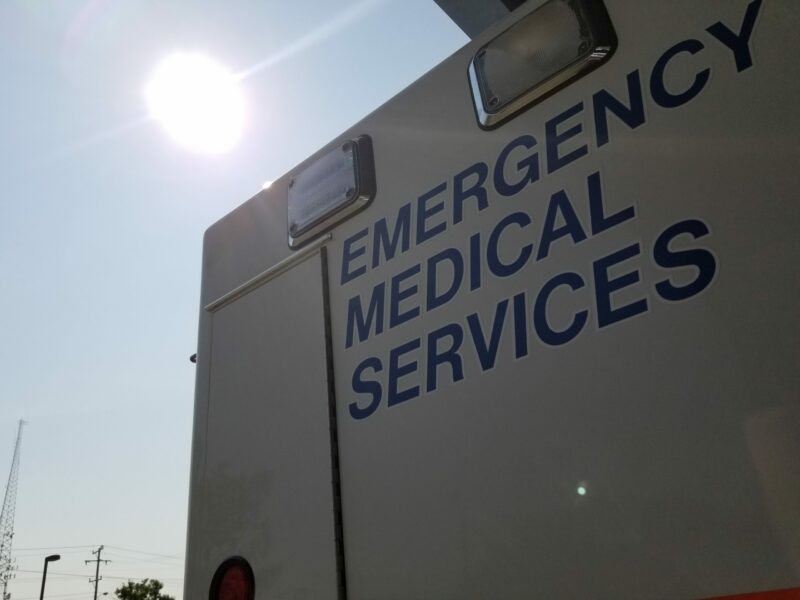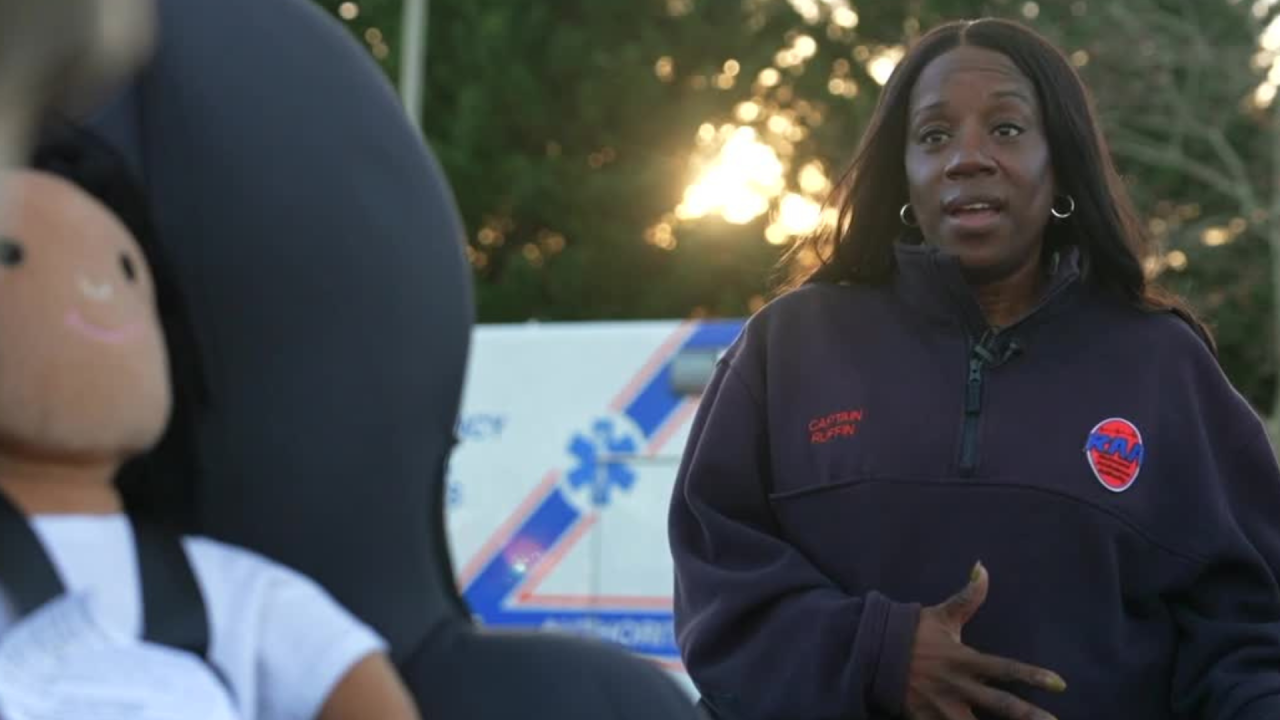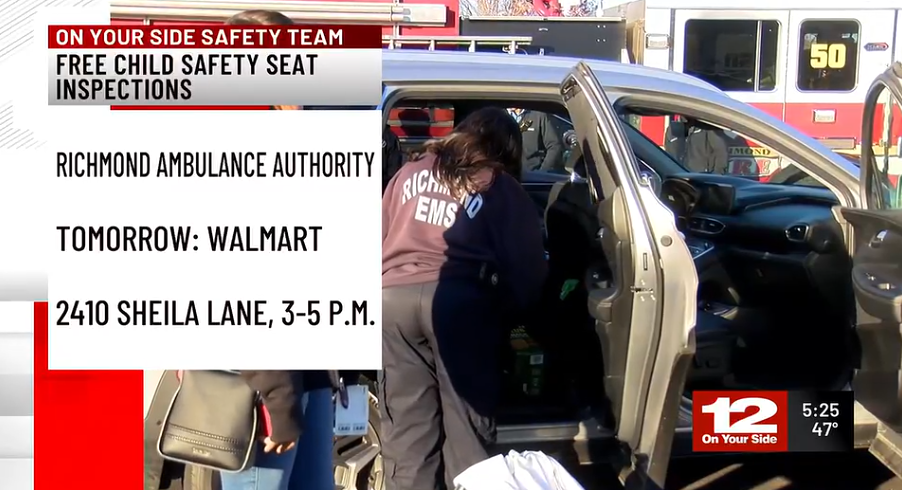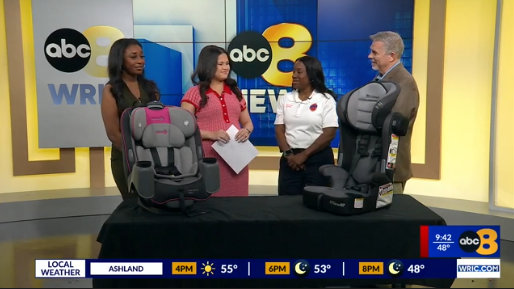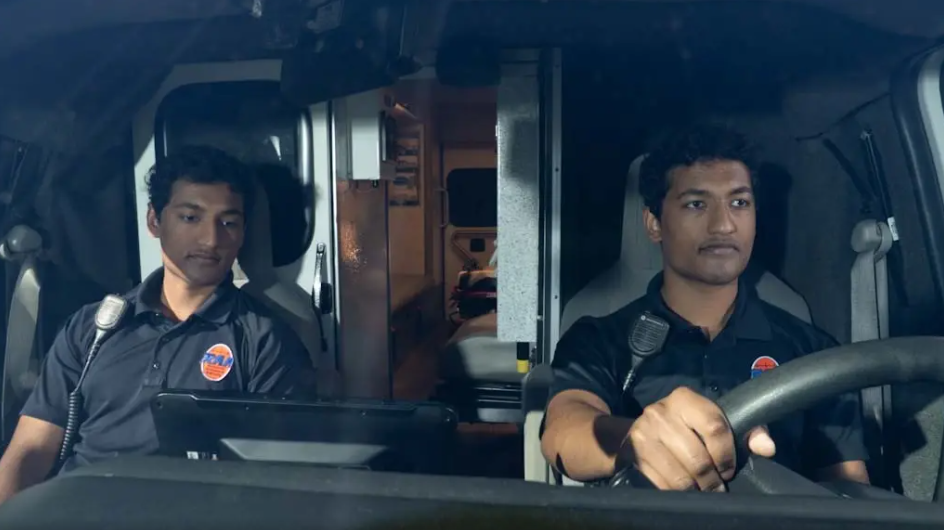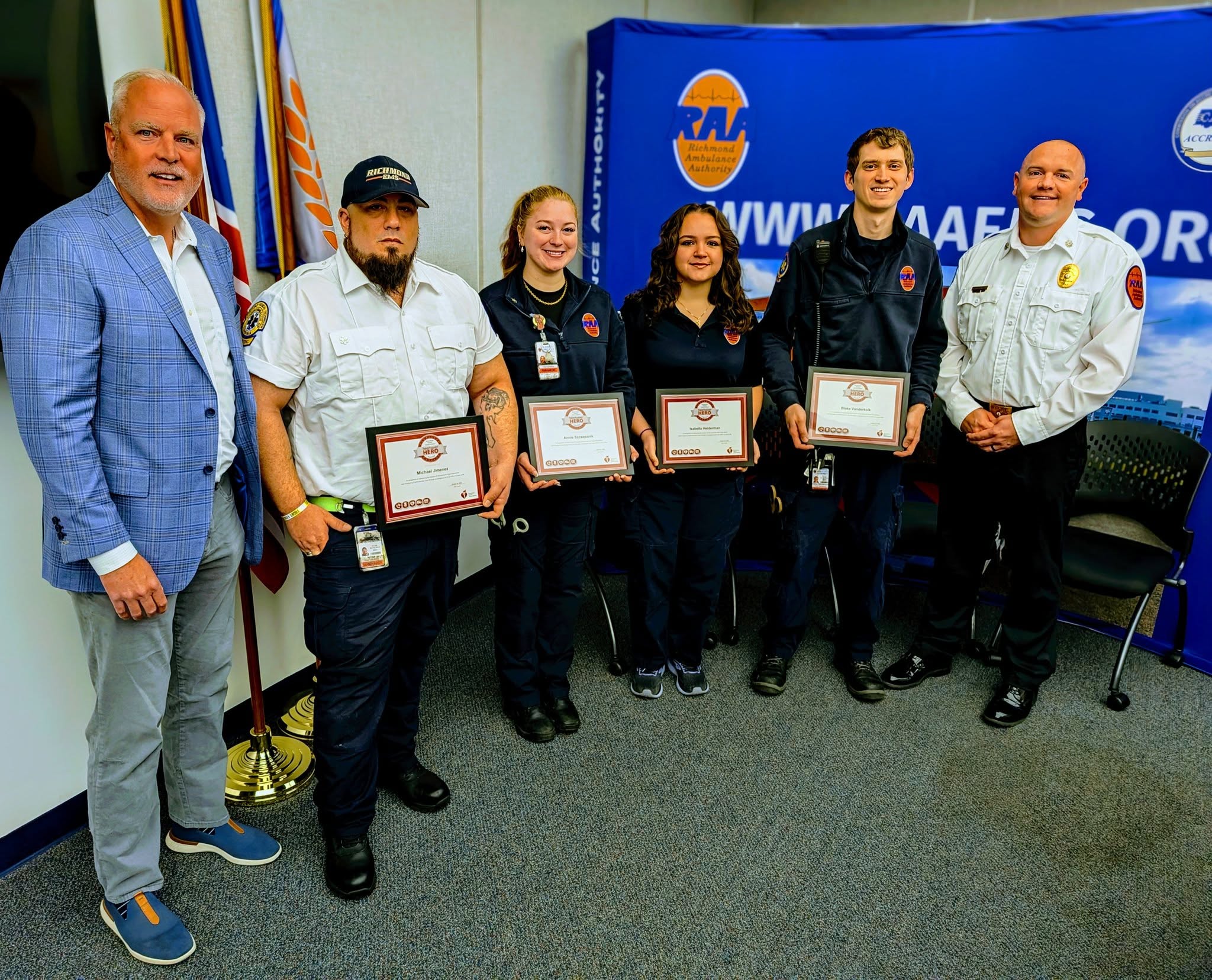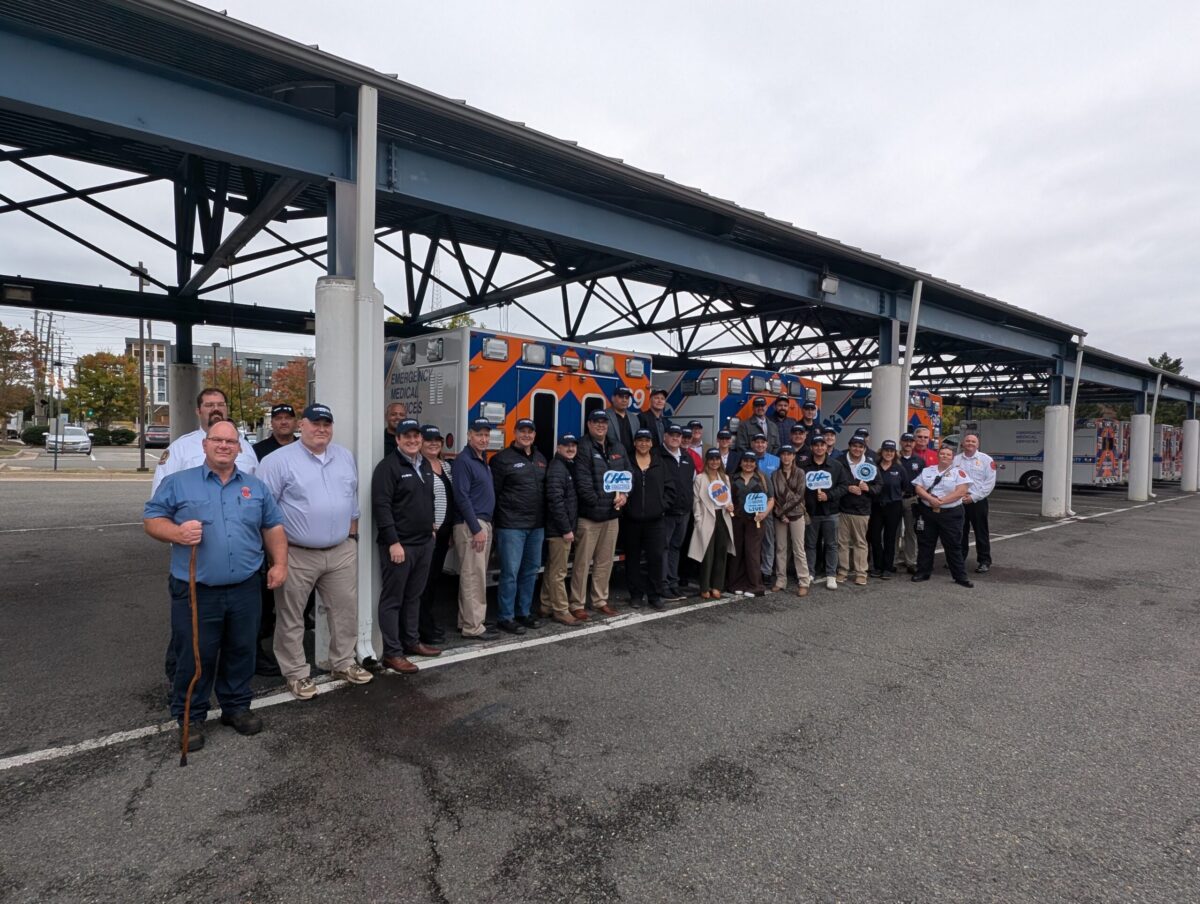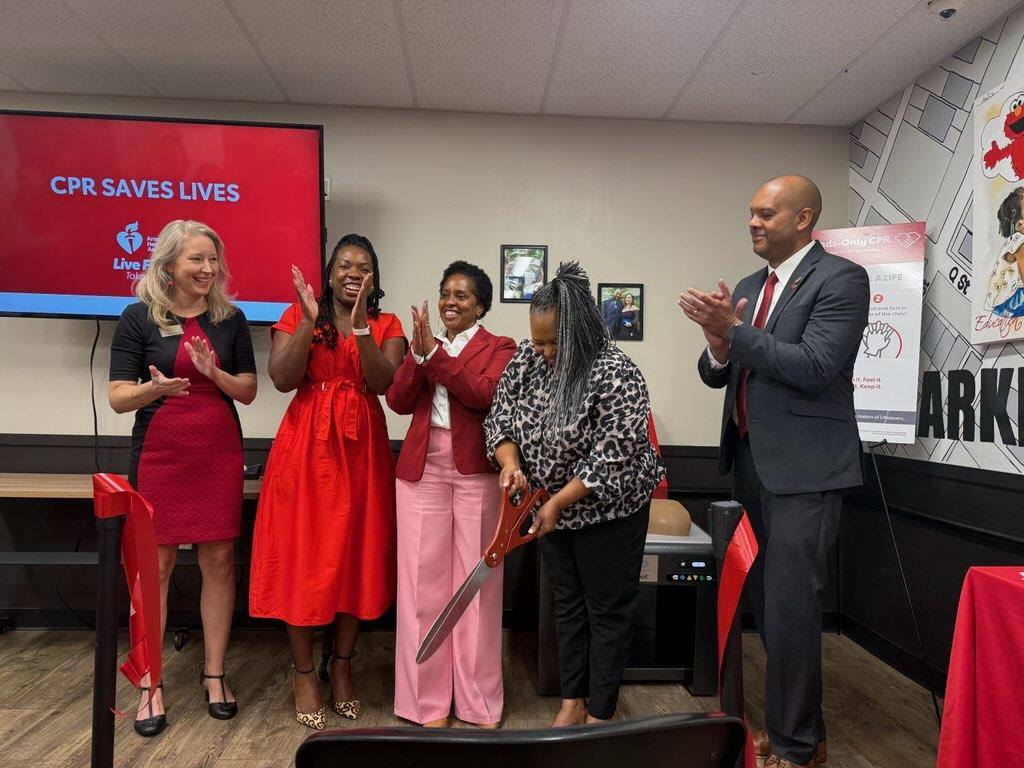This article originally appeared on 12onyourside.com
First responders are taking extra steps to stay safe as a heat wave moves through Central Virginia.
Battalion Chief Doug Reynolds with Henrico County Division of Fire said their suits are essential to protect firefighters.
“Our biggest thing is we’re not going to leave any skin exposed to the heat and the elements,” he said. “A house fire inside can get up to 1,500 degrees. It’s like opening up your oven times three.”
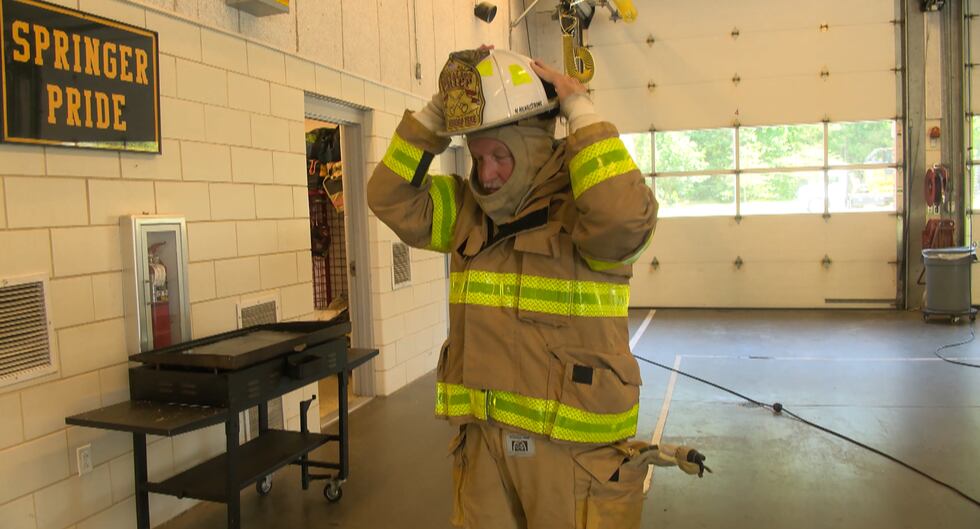
Reynolds said the extra layers can drain their energy quickly as temperatures soar.
“As you’re working hard, as you start to sweat, it’s like a sauna bath in here,” he said.
Reynolds said firefighters are taking extra steps to stay cool during this weather.
“We’ve reduced the training today, everything is inside,” Reynolds said. “Try to keep the men and women in the air conditioning.”

One step is making sure crews drink plenty of water.
“We stress as soon as you come in, prehydrate,” said Reynolds. “That’s always the key, whether it’s firefighters or whether it’s you or your kids going outside, drink plenty of fluids. Get all that fluid in before you have to work, and that will help you.”
A piece of advice Richmond Ambulance Authority echoes.
“The heat absolutely puts extra stress on everybody. Everything we do just feels a little bit harder,” said Lt. Brittany Buckler-Hoffmaster with Richmond Ambulance Authority.
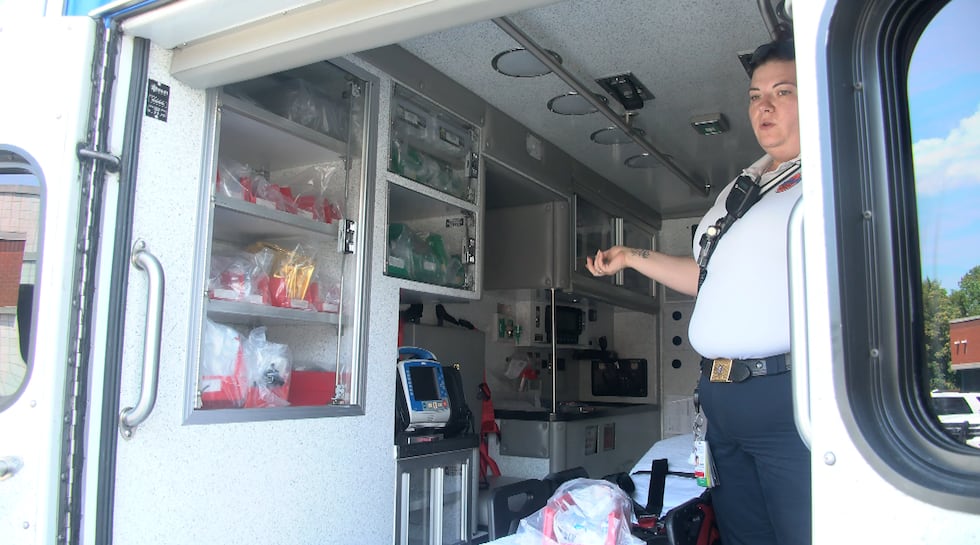
Over the past few days, RAA has seen an uptick in calls. RAA responded to 10 calls on Monday for heat exhaustion and heat stroke.
Crews keep essentials inside the ambulances to respond to heat emergencies, including ice packs.
“We’ll take the ice packs and go into your hips, go around your neck, and your armpits because those are areas where large vessels flow really close to the skin’s surface, so it can kind of pick up that coolness, circulate it around the rest of your body,” said Buckler-Hoffmaster.
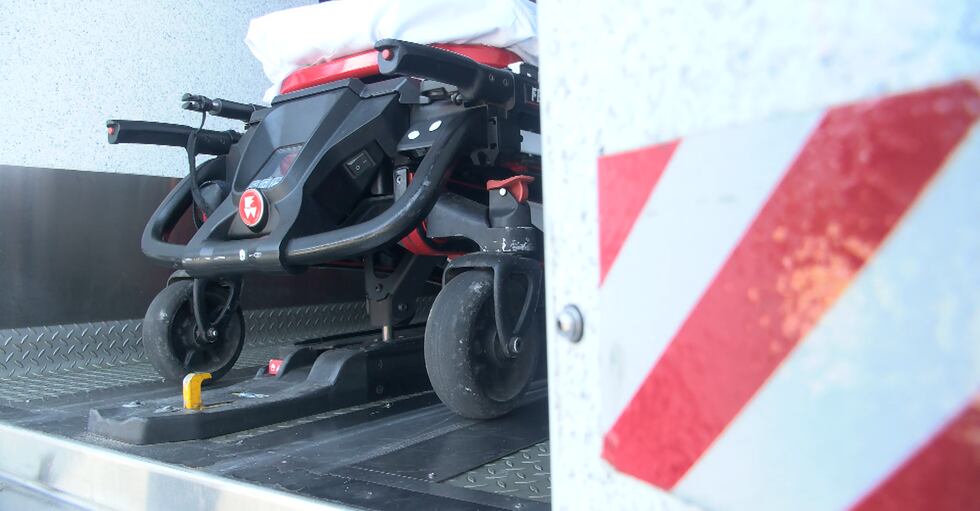
During the day, crews are also taking extra steps to protect themselves.
“We’re positioning our units in the shade, keep extra water on the trucks, take a couple of extra minutes at the hospital to cool down,” said Buckler-Hoffmaster. “When temperatures are high like this, we’ll try to bring our crews through, do a rehab as we call it, sit in the AC for a little bit and just encourage people to do the same.”

